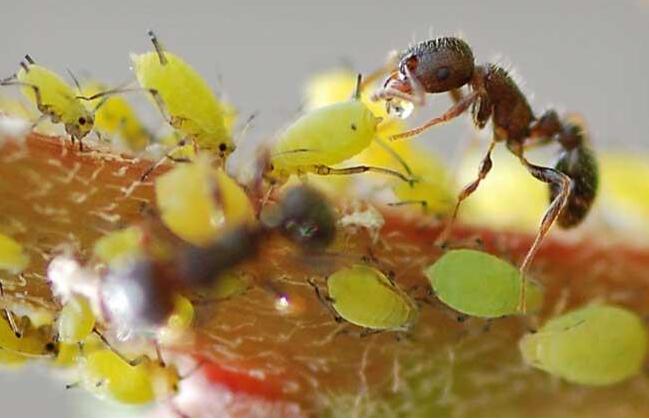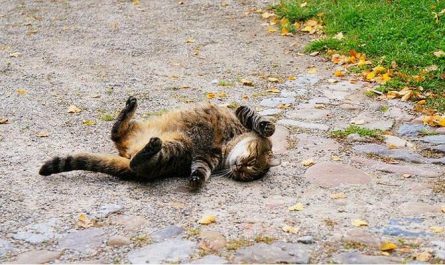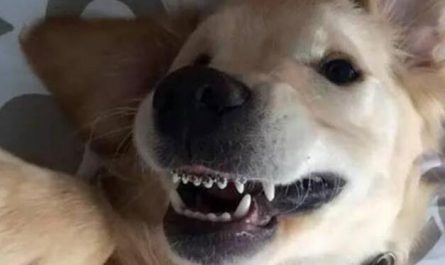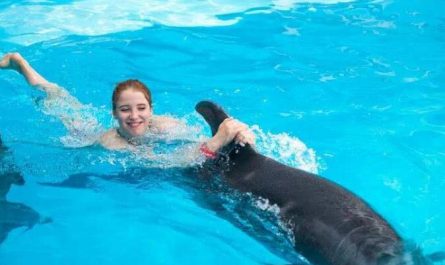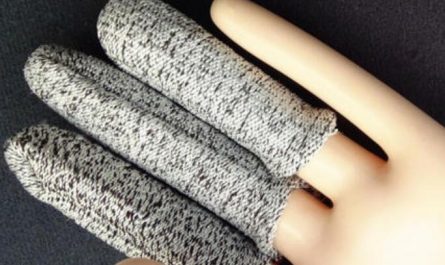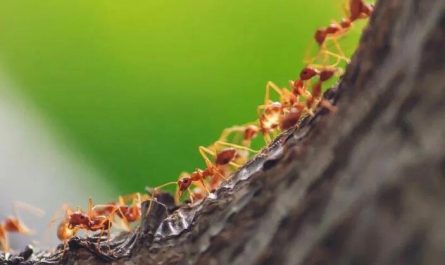The reason why ants want to protect aphids
Aphids are the enemy of agricultural production. They are adsorbed on the stalks of crops and on the back of leaves, and their needle-like mouths pierce into plant tissues, sucking nutrients from crops like a vampire. If there are 1,000 aphids on a crop, the crop cannot grow. In order to capture a good agricultural harvest, people tried every means to eliminate aphids.
However, the ants tended to oppose people, caring for aphids and desperately protecting them. If the aphids are blown to the ground due to strong winds or other reasons, the ants will gently nibble the aphids with their mouths and send them to the stems or leaves of the plants, or carry the aphids to their own caves and hide them for some time. , And then send the aphids to the plants.
Ants come and go in the aphid colony, and also drive away the natural enemies that prey on the aphids, making the aphids more unscrupulous in harming crops. Why do ants work so hard to protect aphids? We know that aphids suck plant nutrients, and its excrement, honeydew, is a sweet and delicious food for ants.
Honeydew is a viscous, transparent, sweet substance, containing sugar, protein, dextrin and other ingredients. In a plot where sorghum aphids occur severely, when hundreds of aphids spray honeydew from the anus, it is like a drizzle. Ants like to eat this sweet substance very much. Wherever it smells honeydew, it rushes in groups.
Sometimes, we will see more interesting phenomena in the fields where aphids occur: when ants eat honeydew in aphids, they will use their rod-shaped tentacles to pat the aphids’ abdomen to make the aphids secrete more honeydew. , To be full of his appetite.
Darwin described this phenomenon as early as in the book “The Origin of Species”: “…so the ants began to pat the aphids’ abdomen with their tentacles, first this one, then the other one. When the aphids feel the ant and the animal When the tentacles of the medicine ant were rolled, the abdomen was immediately lifted, and a drop of clear sweet liquid was secreted, and the ant hurriedly swallowed the sweet liquid.
Even very young aphids have such actions. This activity is instinctive, not the result of experience.” Ants play a protective role against aphids, and aphids pay off with honeydew. This phenomenon is biologically called “symbiosis” “.
The relationship between ants and aphids
What’s interesting is that ants not only “milk” and enjoy this delicious food, they also raise and graze aphids. They became herders in the insect kingdom.
When autumn is here, the ants will drive the “little livestock”-aphids to the “herd pen” of the ant nest. The warm spring flowers are a good time for grazing, and the ants send the “cow” to the green trees or grass. When carrying aphids, the ants grip this “little livestock” firmly with their jaws. The aphids also cooperate well, and they contract their calves obediently to avoid hanging on the branches.
If the aphids multiply too quickly, the “pasture” can no longer be crowded, and the ants will carry them to the new “pasture.” The ants responsible for grazing will guard there carefully to protect aphids from natural enemies such as ladybirds and ticks, and beware of other ants snatching the aphids. In order to better protect their “cows”, ants will even build “cowpens” for them: ants smear soil on the plant stems with aphids, build small earthen houses above the stems, and on the vaults of the earthen houses Down, the aphids leisurely suck and suck the juice of the plants, while the ants are waiting at the entrance and exit of the “cowpen”. Observing plants such as euphorbia, plantain, pine, and poplar, one can see the “bullpen” built by ants for aphids.
In autumn, ants also collect aphids eggs on corn and hide them in underground ant dens so that they will not be frozen to death in winter. When spring arrives, ants will take out aphid eggs and send them to the roots of newly planted corn. After the eggs hatch, the new aphids can suck juice from the corn roots, and the ants can enjoy the fresh “milk”. In this way, ants and aphids have formed a mutually adapted symbiotic relationship: aphids provide food for ants, ants protect aphids, and create a good feeding environment for aphids.
In addition to aphids, ants also graze other “livestock” such as scale insects, psyllids, cicadas and some Lepidoptera larvae. It has been found that there are 28 species of moths and butterflies, and their larvae can also provide “milk” for ants. It’s just that the “milk” of these larvae is not the sugar-rich feces provided by the aphids, but the special secretions dripping out of the back of the larvae.
Division of the ant colony
Generally there are queens and worker ants at level 2. Unfertilized female and male ants appear at certain times, and some types of worker ants have specialized heads that become larger and become soldiers. Some species live in nests of other species, and their larvae are fed by their host worker ants.
1. Queen ants: reproductive females, or mother ants, are the largest in the group, especially with large breasts and well-developed reproductive organs. In most species and situations, only the queen is responsible for laying eggs. Some species, such as fierce Ants, queens can prey on their own. But the queen cannot control the entire colony.
2. Female ants: females with reproductive ability after mating. After mating, they shed their wings and become new queens, commonly known as “princesses” or “angels”. Most female ants will shed their wings after mating, but very few will not. .
3. Male ant: or parent ant. Winged. The head is round and small, the upper jaw is underdeveloped, and the antennae are slender. There are well-developed reproductive organs and external genitalia, the main function is to mate with the queen, commonly known as “prince” or “mosquito”. He died shortly after mating.
4. Worker ants: also competent ants. Wingless, is an underdeveloped female, generally the smallest individual in the group, but the largest number. The compound eyes are small, and the single eye is extremely small or absent. The upper jaw, tentacles and three pairs of feet are well developed, and he is good at walking. Worker ants have no reproductive capacity. The main responsibilities of worker ants are to build and expand nests, gather food, feed larvae and queens, etc. In order to hibernate, ants eat a lot of food in autumn to store fat in the body, and they will not eat for the whole winter. Because of this, the worker ants in the ant colony are looking for food almost every day to ensure that each member of the ant colony can eat enough food to withstand the winter cold. Some species have reproductive capacity, such as double-pinned leaf-cutting ants, and some fierce ants.
5. Soldier ants: “Soldier ants” are common names for large worker ants of certain types of ants. They are female ants without reproductive ability. With a large head and well-developed upper jaw, it can crush hard food and become a battle weapon when defending groups.
